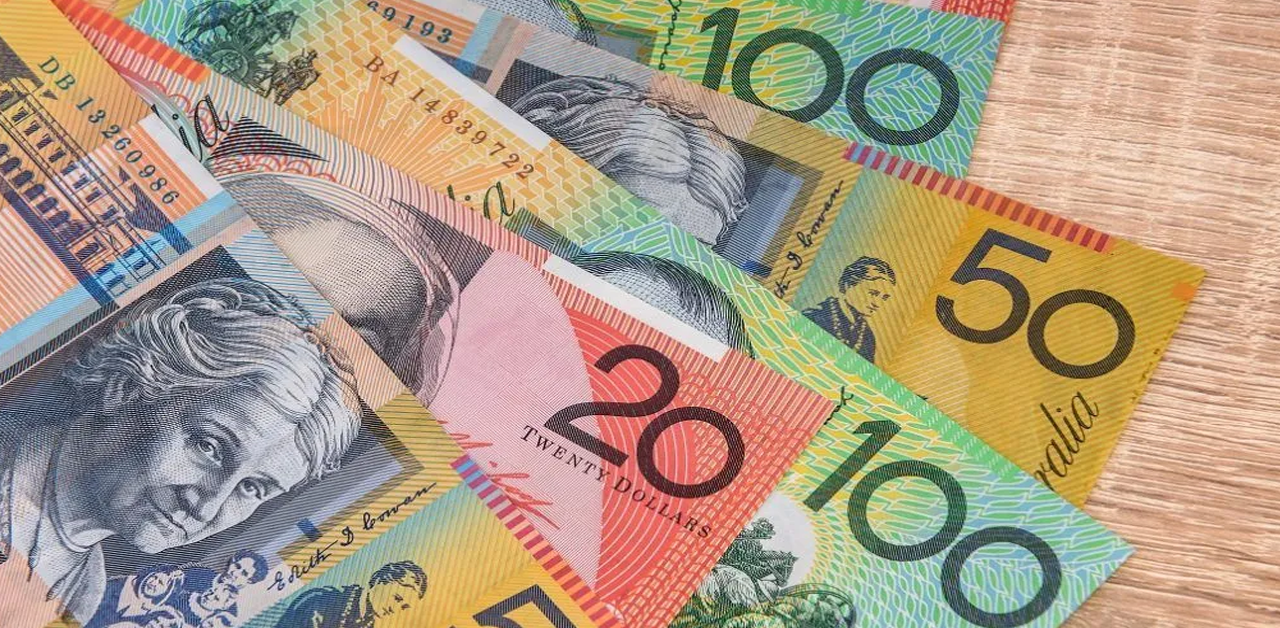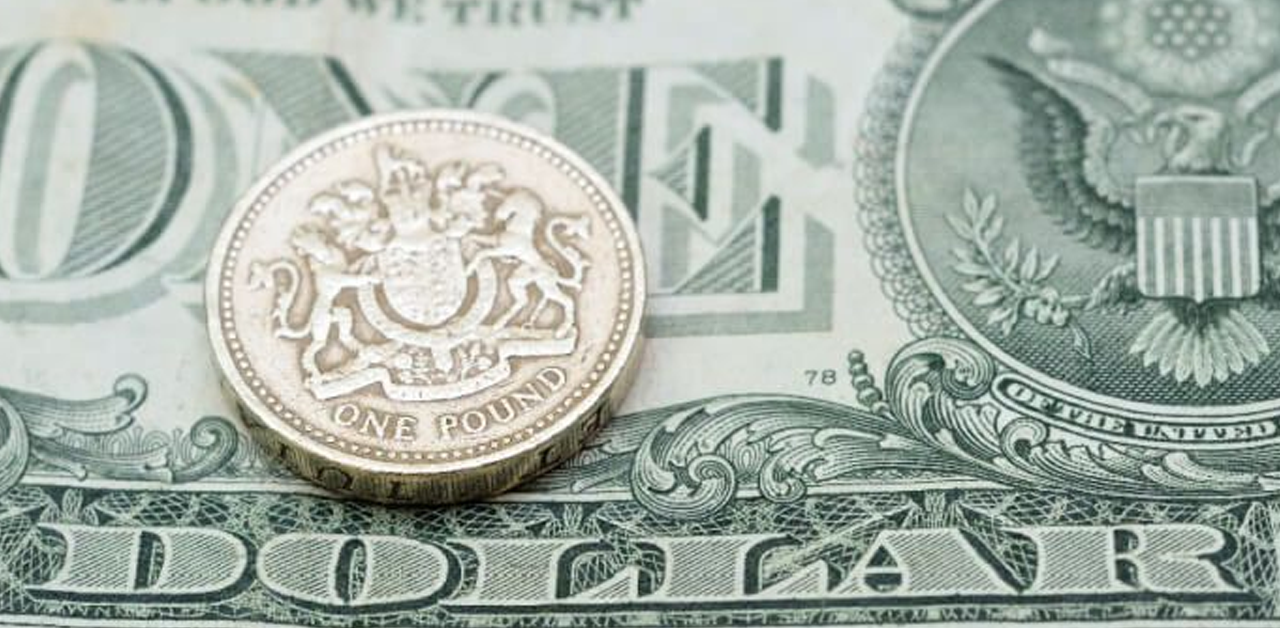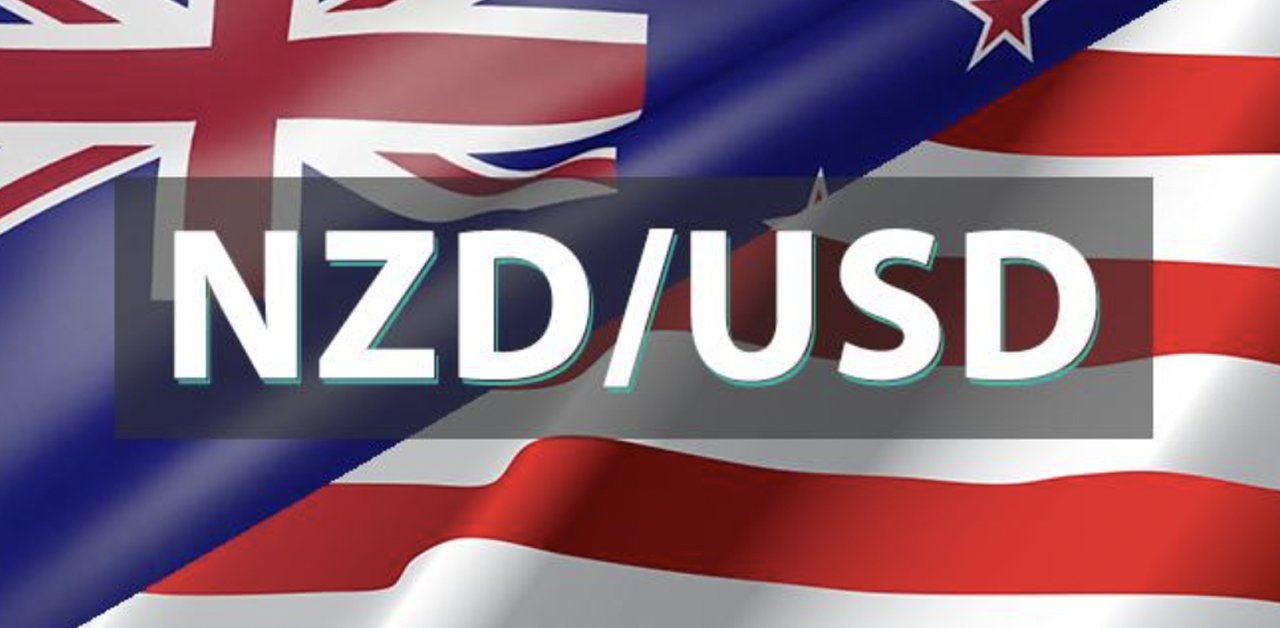The Australian Dollar (AUD) holds near 0.6590 against the US Dollar (USD) on Friday, consolidating after recent losses. The pair remains steady following the release of Australia’s latest economic data, with traders cautious ahead of key US PMI figures.
Australia’s September Composite PMI fell to 52.4 from 55.5 in August, marking a full year of growth but at the slowest pace since June. The Services PMI eased to 52.4 from 55.8, still signaling expansion for the 20th straight month. Meanwhile, the trade surplus narrowed sharply to AUD 1.83 billion in August, far below the AUD 6.5 billion forecast, as exports declined 7.8% and imports rose 3.2%. Gold exports in particular weakened after a string of strong months.
The Reserve Bank of Australia (RBA), in its semi-annual Financial Stability Review, flagged risks from high asset prices, sovereign debt stress, and vulnerabilities linked to the non-bank sector. It also warned that China’s property sector weakness continues to weigh on banks. At its September meeting, the RBA left the Official Cash Rate at 3.6%. Governor Michele Bullock noted that inflation remains sticky but not “running away,” while some CPI components were higher than expected.
US Dollar supported by labor market concerns, Fed cut bets grow
The US Dollar Index (DXY) extends gains for a second day, trading near 97.90, as investors await the ISM Services PMI and final S&P Global Services PMI due later Friday. The federal shutdown has delayed the release of September’s Nonfarm Payrolls (NFP), limiting labor market insight.
Recent data points, however, highlight weakness. The ADP Employment report showed a 32,000 decline in private payrolls, well below expectations, while job openings inched up slightly but the hiring rate slipped to its lowest since June 2024. Market bets on Fed easing remain firm, with the CME FedWatch Tool showing a 99% probability of a rate cut in October and an 87% chance of another in December.
China developments and political backdrop
China’s official Manufacturing PMI improved to 49.8 in September from 49.4, above consensus, while the Non-Manufacturing PMI dipped to 50.0 from 50.3. Meanwhile, rumors that Beijing had ordered steelmakers to halt purchases from BHP were denied by Chinese pricing firm Mysteel, easing concerns for Australian exports.
In geopolitics, the White House confirmed that Australian Prime Minister Anthony Albanese will meet US President Donald Trump on October 20 in Washington, D.C., to discuss the Aukus security pact.
AUD/USD technical outlook
Technically, the AUD/USD pair trades within an ascending channel, holding a bullish bias. The 14-day RSI hovers slightly above 50, reinforcing upside momentum. Immediate resistance lies at the psychological 0.6600 level, followed by 0.6707 (12-month high from September 17) and the channel top near 0.6760.
On the downside, initial support is seen at the nine-day EMA (0.6595), followed by the 50-day EMA (0.6560) and the channel’s lower boundary near 0.6550. A break below this zone would expose August’s low of 0.6414 and shift sentiment back toward bearish territory.












